The Archaeological Collection of Ierapetra, housed in the former Ottoman School built in 1899, offers a captivating journey through the history of the region, from the Bronze Age to the 5th century AD. The collection showcases artifacts unearthed from the ancient city of Ierapytna, which once stood where modern Ierapetra now lies, as well as from the surrounding areas. Through these objects, visitors can gain insights into the lives, beliefs, and artistic expressions of the people who inhabited this corner of Crete over millennia.
Significant Exhibits:
The collection boasts a diverse array of artifacts, each providing a unique glimpse into the past. Some of the most notable exhibits include:
-
The Sarcophagus of Episkopi: Dating back to 1300 BC, this remarkable clay sarcophagus is a testament to the artistry of the Late Minoan period. Its painted decorations, depicting scenes from daily life, animals, and human figures, offer valuable insights into the customs and beliefs of the time. The distinctive style of painting, with its frontal depiction of eyes that dominate the face, even in profile views, is characteristic of this era. The sarcophagus was discovered in a rock-cut chamber tomb in Episkopi, a testament to the burial practices of the Late Minoan III period.
-
The Statue of Persephone (or Kore): This elegant marble statue, dating to the 2nd century AD, portrays a veiled goddess, likely Persephone, the daughter of Demeter. The statue’s serene expression and flowing drapery capture the grace and beauty associated with the goddess. It is believed that this statue may have once adorned the temple of Demeter and Kore in Ierapytna, mentioned in inscriptions from the 1st century BC to the 1st century AD.
-
The Funerary Stele with a Funeral Banquet: This stele, dating to the Roman period (100 BC), provides a poignant depiction of a funerary banquet. The relief carving shows a seated woman, likely the deceased, alongside a standing girl, possibly a family member. On the right, the deceased is depicted reclining on a couch, reaching towards a table laden with food. An inscription below the scene identifies the individuals buried in the tomb as Diogenes, son of Diogenes, and his wife, Aristoklea.
-
The Statuette of Aphrodite: This exquisite small statue, from the Roman period (138-193 AD), depicts the goddess Aphrodite in a sensual pose, characteristic of Roman artistic styles during the Antonine period. The goddess is partially draped, with her left arm resting on a pillar and her left foot perched on a bird, possibly a dove, symbolizing love. This statue exemplifies the Roman appreciation for the beauty of the human form.
-
The Statue of a Nereid Riding a Dolphin: This masterpiece of Hellenistic-Roman sculpture portrays a Nereid, a sea nymph, gracefully riding a diving dolphin. The dynamic composition and skillful execution capture the fluidity of movement and the energy of the sea. A similar statue, in a mirrored pose, was found in the Archaeological Museum of Venice, suggesting that both statues may have once adorned a nymphaeum or a monumental fountain in Ierapytna.
The Ottoman School:
The Archaeological Collection is fittingly housed in the former Ottoman School, a historic building that reflects the diverse cultural influences that have shaped Ierapetra. The building itself serves as a reminder of the Ottoman presence in Crete, while the collection within speaks to the island’s ancient past.
A Valuable Resource:
The Archaeological Collection of Ierapetra serves as a vital cultural resource for the region. It provides a tangible link to the past, allowing visitors to connect with the history and heritage of Ierapetra and its surroundings. The collection’s diverse exhibits offer a window into the lives of the people who inhabited this area over centuries, showcasing their artistic achievements, religious beliefs, and daily activities.
-
Collection Focus: The collection focuses on the archaeology and history of Ierapetra and its surrounding region, spanning from the Bronze Age to the Roman period.
-
Location: The collection is located in the former Ottoman School building in Ierapetra, Crete.
-
Architecture and Design: The building is a historic Ottoman-era structure, adapted to suit the needs of a museum.
-
Exhibitions and Programming: The museum features a permanent exhibition showcasing its collection of artifacts.
- Combined ticket: €8 (3-day duration) for the Archaeological Museum of Agios Nikolaos, Archaeological Museum of Siteia. Valid from 1st April to 31st October.















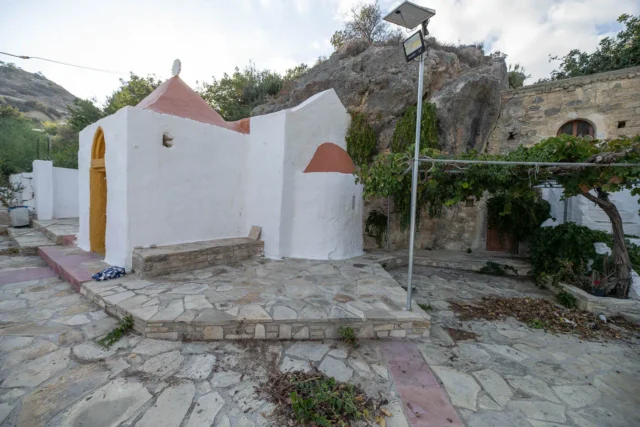

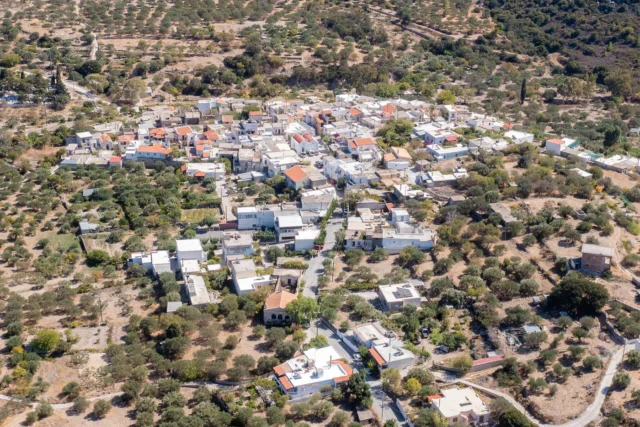

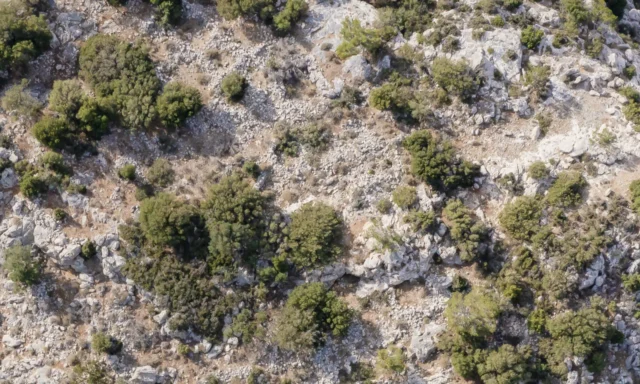

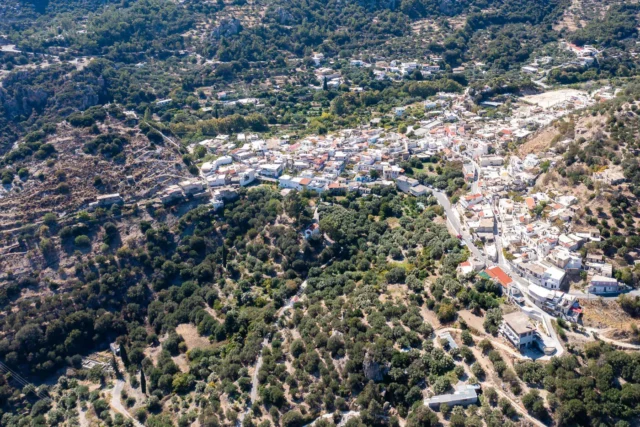
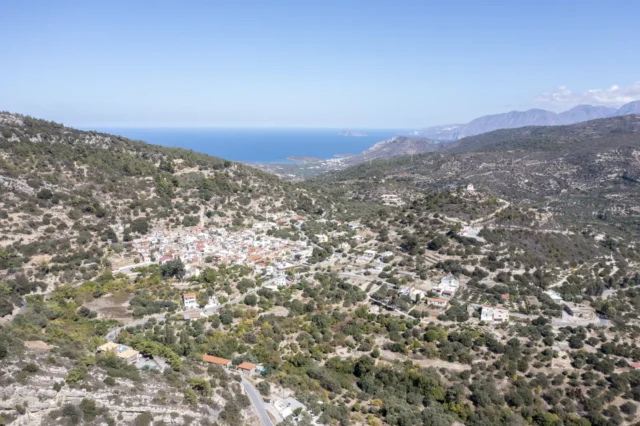
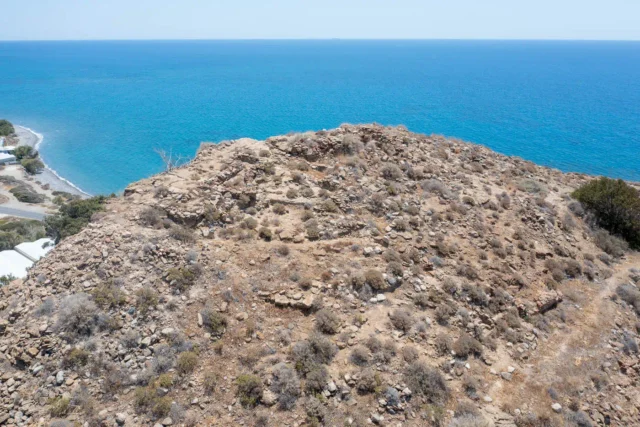
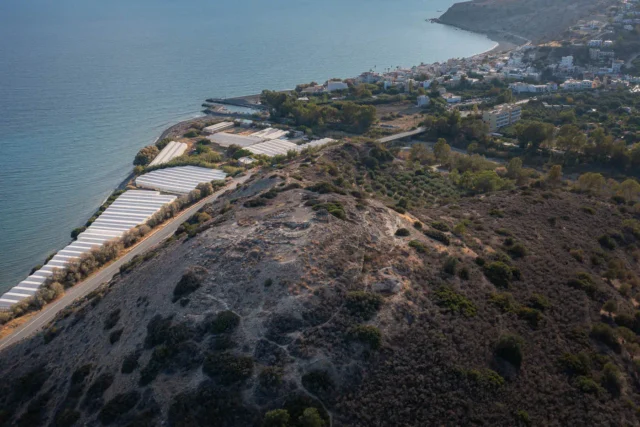
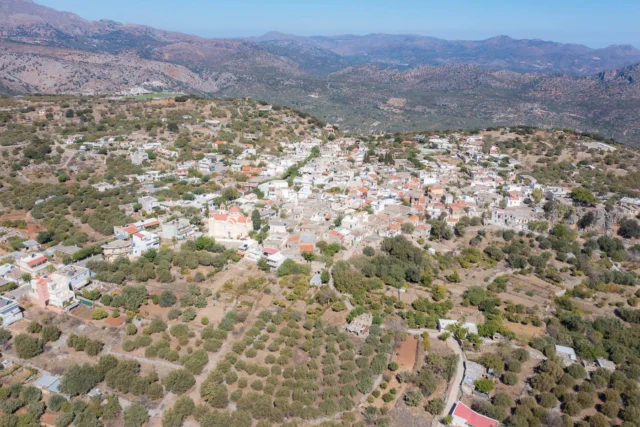
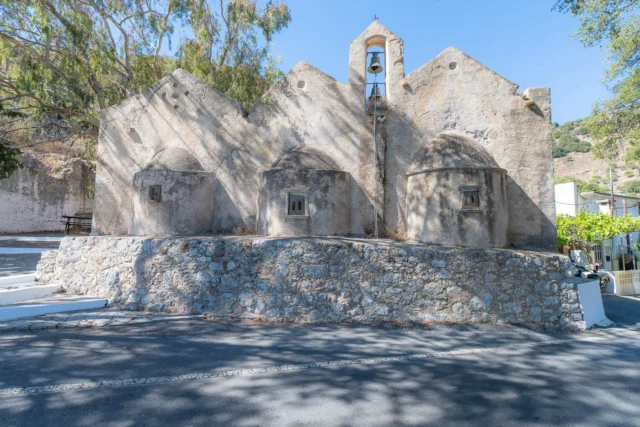
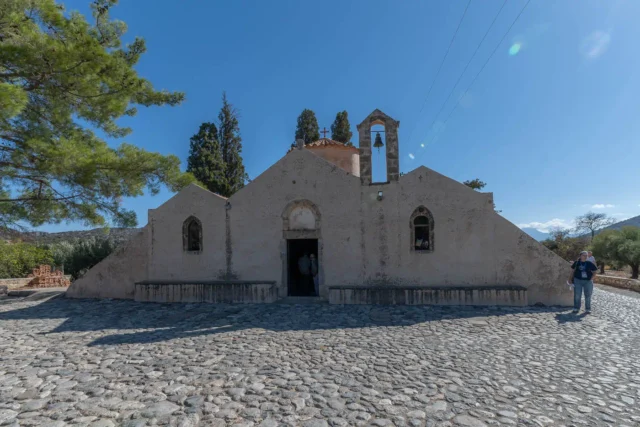

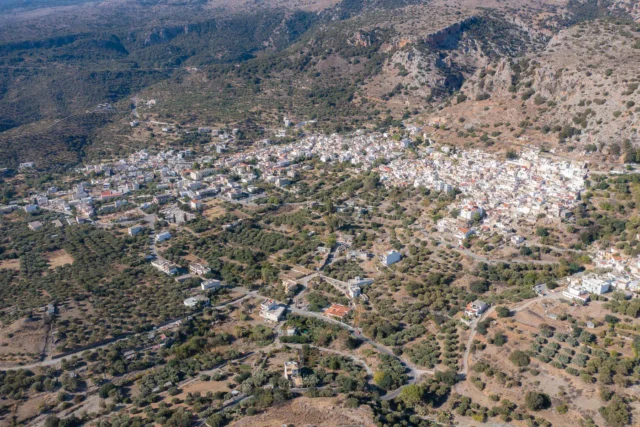
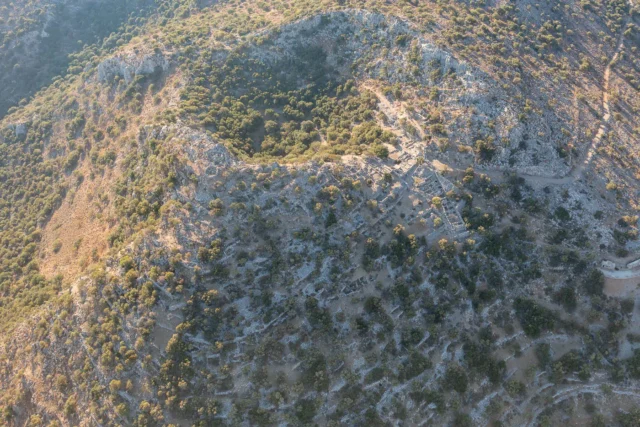
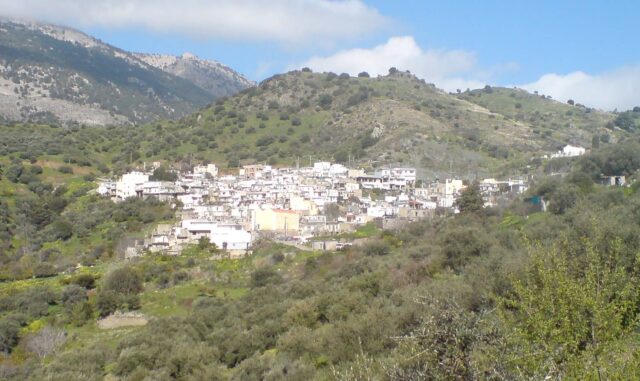

There are no comments yet.